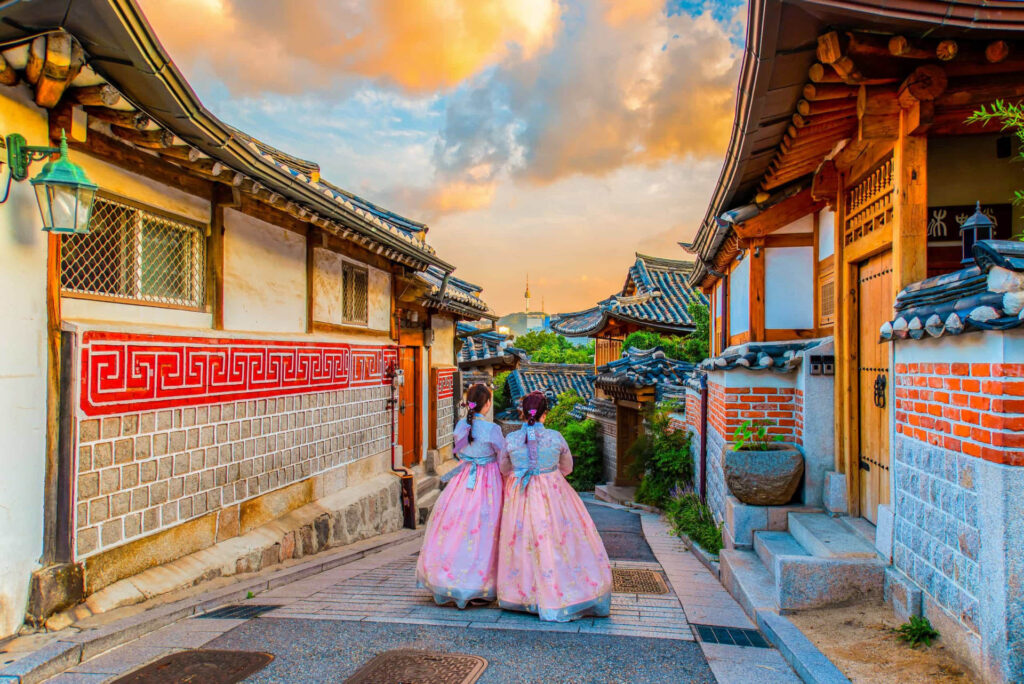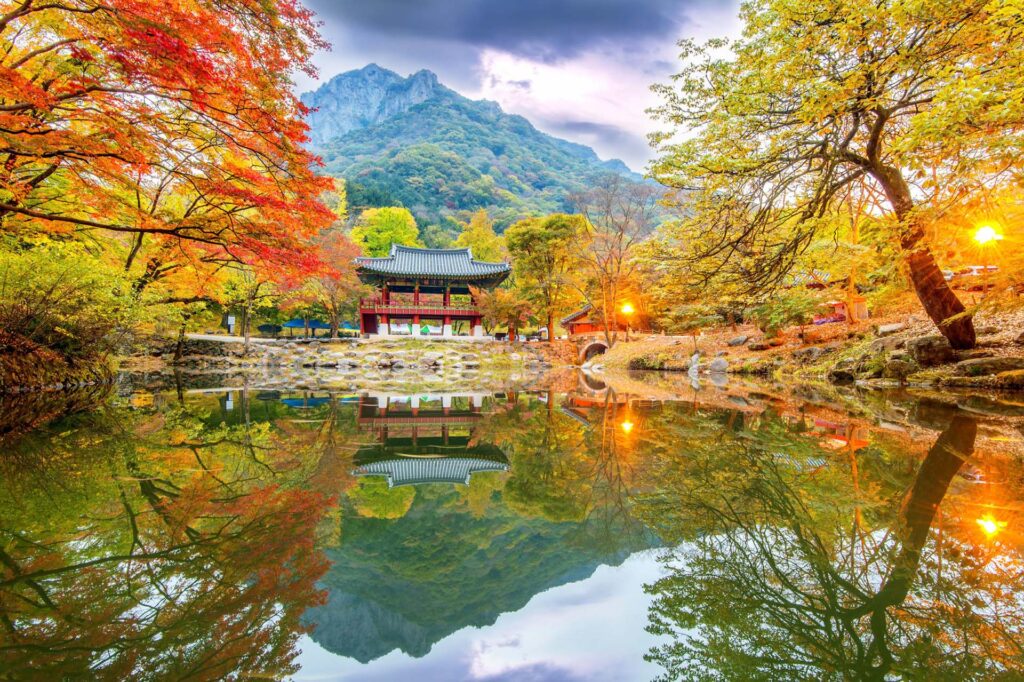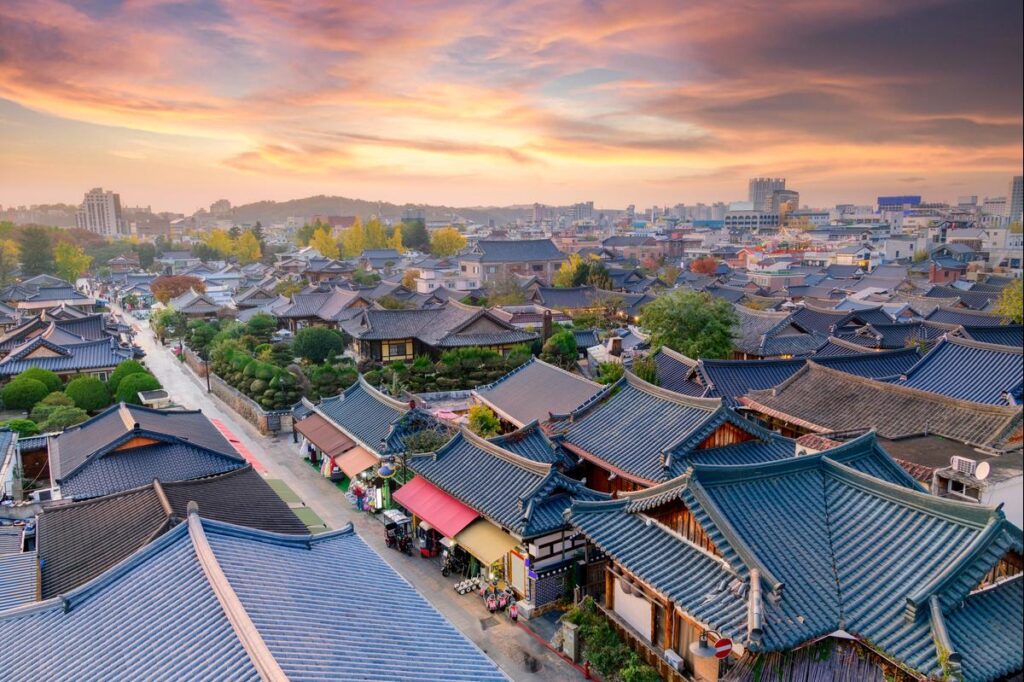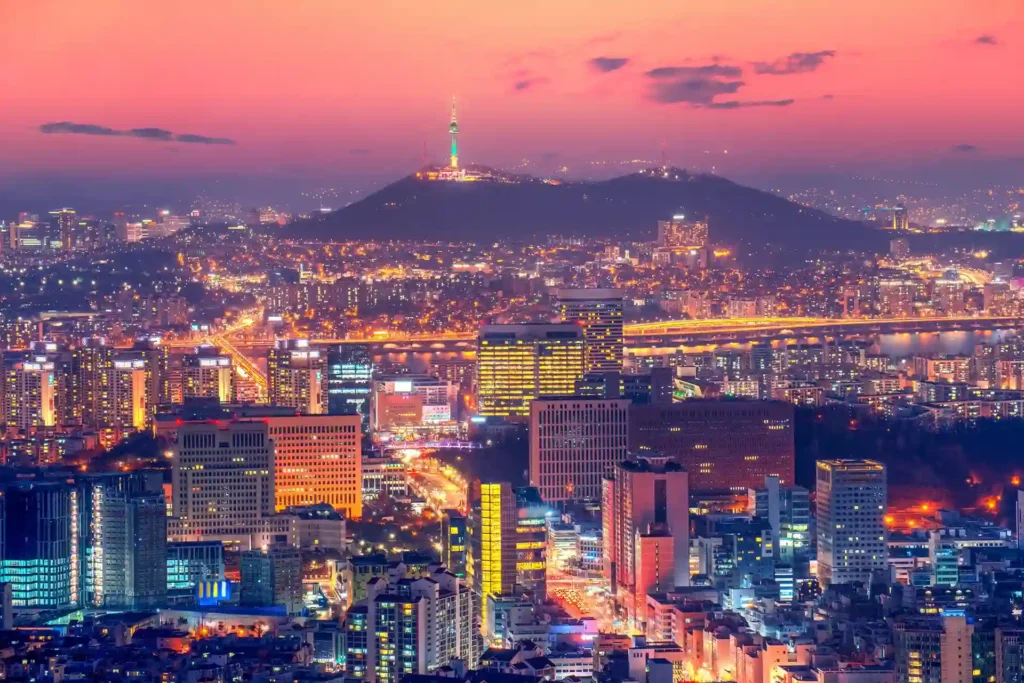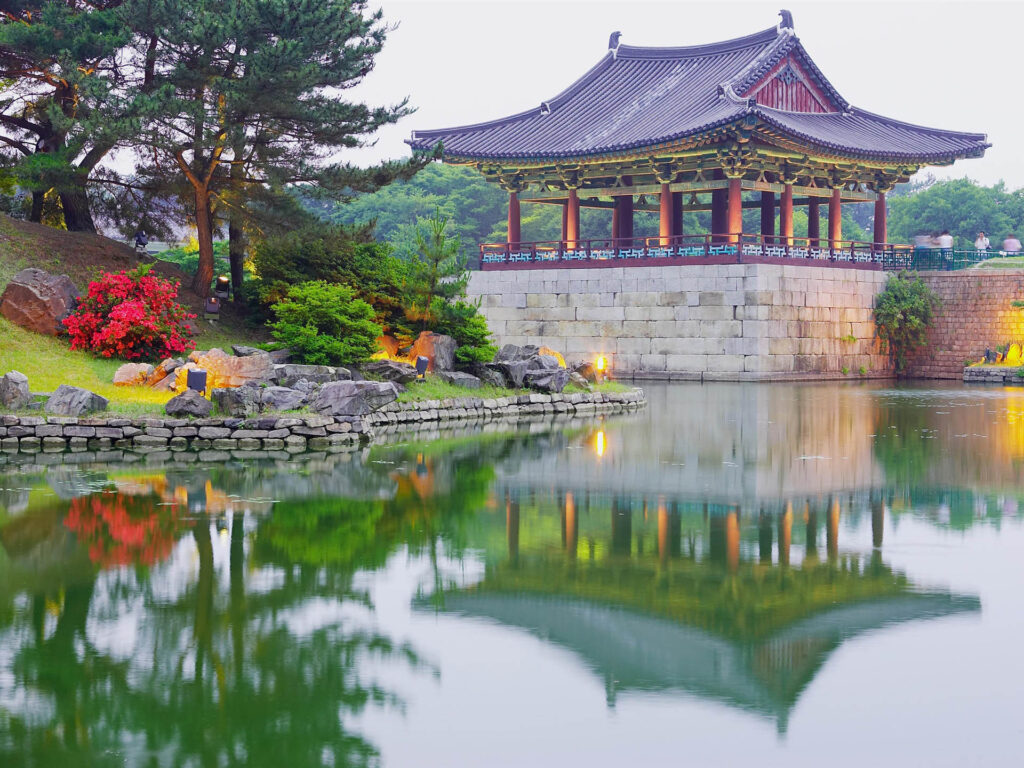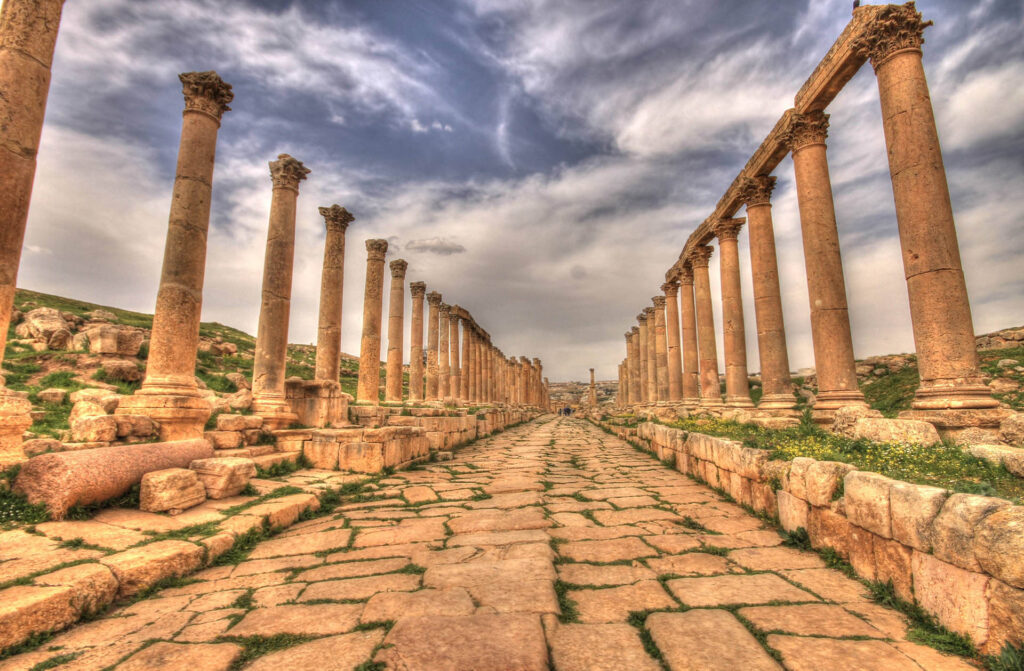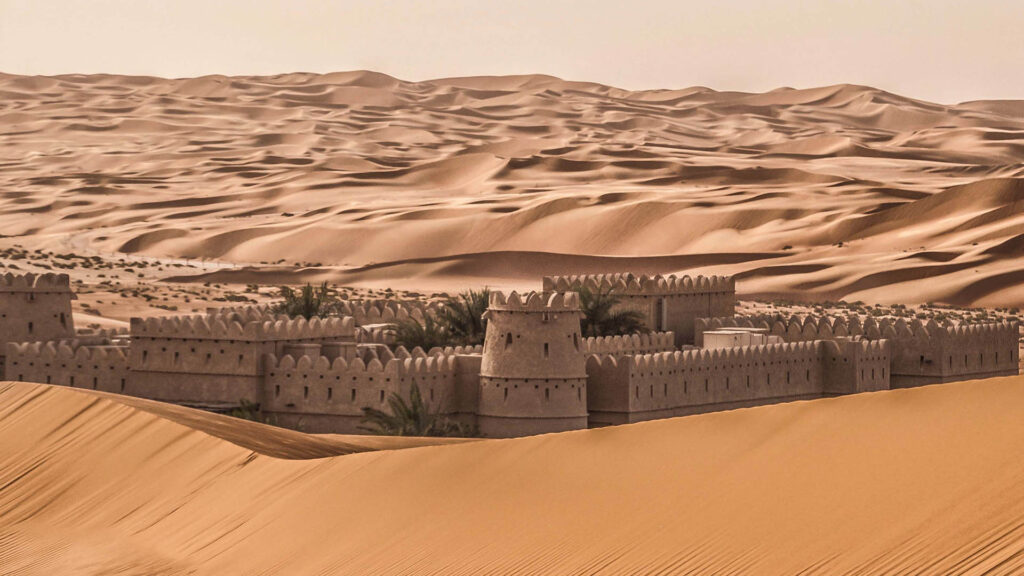Introducing The Bangkok Grand Palace
Nestled in the vibrant city of Bangkok, the Grand Palace stands as an architectural masterpiece that has captivated visitors from around the world for centuries. This stunning complex, which served as the official residence of the Kings of Siam (now Thailand) from the 18th to the mid-20th century, is a true embodiment of the rich cultural heritage and artistic brilliance that defines the kingdom.
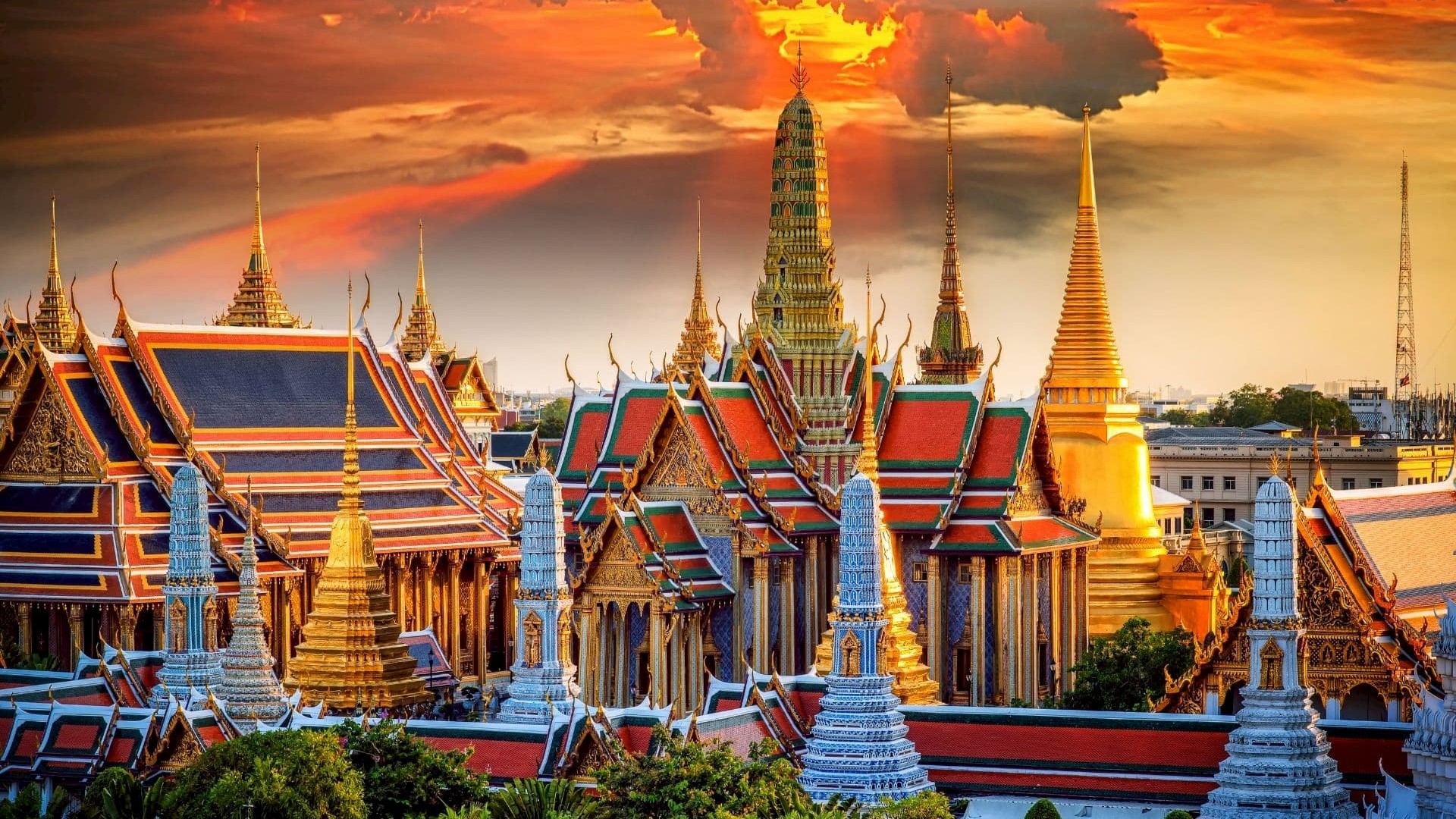
A Brief History of the Grand Palace
The Birth of a Regal Residence
The Grand Palace’s origins can be traced back to 1782, when King Rama I, the founder of the Chakri Dynasty, ascended to the throne. Determined to establish a new capital for his kingdom, he chose the island of Rattanakosin, situated on the banks of the Chao Phraya River. It was here that the construction of the Grand Palace began, a project that would take several decades to complete.
Architectural Grandeur and Symbolic Significance
From the outset, the Grand Palace was envisioned as a masterpiece that would showcase the wealth, power, and artistic excellence of the Siamese kingdom. The palace’s architectural style blends elements of traditional Thai architecture with influences from various other cultures, including Khmer, Renaissance, and Chinese. This fusion of styles resulted in a harmonious and visually stunning complex that seamlessly blends traditional and contemporary elements.
Exploring the Grand Palace’s Splendid Wonders
The Outer Court: A Breathtaking Introduction
Upon entering the Grand Palace complex, visitors are immediately greeted by the magnificent Outer Court, a vast open space that sets the stage for the architectural wonders that lie ahead. Here, the iconic Chakri Maha Prasat Throne Hall stands tall, its intricately carved spires and gilded details gleaming in the sunlight. This majestic structure, built in the late 18th century, served as the primary residence of the early Chakri kings and remains a testament to their opulence and grandeur.
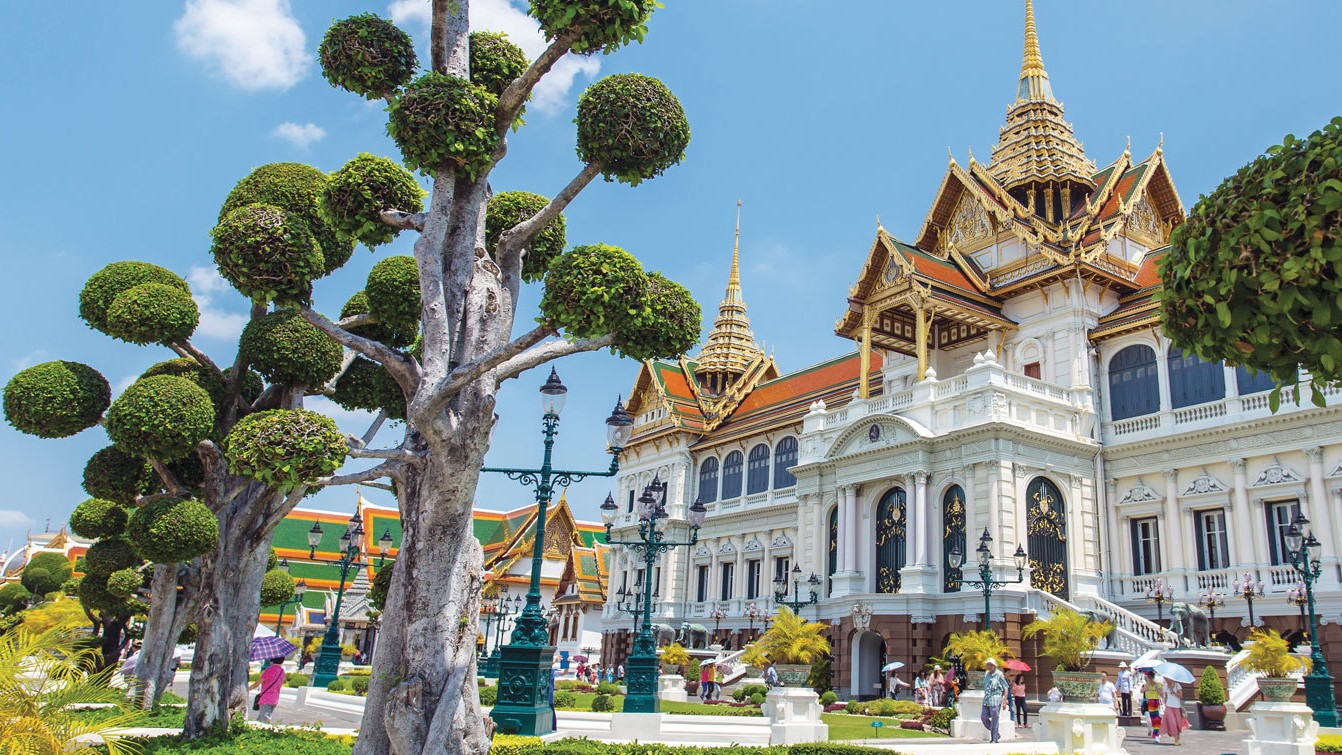
The Temple of the Emerald Buddha
At the heart of the Grand Palace lies the most revered and sacred site in Thailand: the Temple of the Emerald Buddha (Wat Phra Kaew). This stunning temple houses the highly venerated Emerald Buddha, a small yet priceless statue carved from a single block of jade. The temple’s intricate architectural details, including its multi-tiered roofs adorned with intricate ceramic mosaics and gilded decorations, are a feast for the eyes.
The Royal Residences and Pavilions
Beyond the temple, the Grand Palace complex is a labyrinth of exquisite royal residences, pavilions, and gardens, each more breathtaking than the last. The Dusit Maha Prasat Throne Hall, with its striking blend of Thai and European architectural styles, is a particular highlight. Here, visitors can marvel at the ornate details, including the gilded teak carvings and vibrant frescoes that adorn the walls and ceilings.
A Living Museum of Thai Heritage
Preserving Cultural Treasures
The Grand Palace is not merely an architectural wonder but also a living museum that preserves and showcases the rich cultural heritage of Thailand. Within its walls, visitors can explore a vast collection of ancient artifacts, including treasured Buddha images, intricate murals, and stunning examples of traditional Thai artwork and craftsmanship.
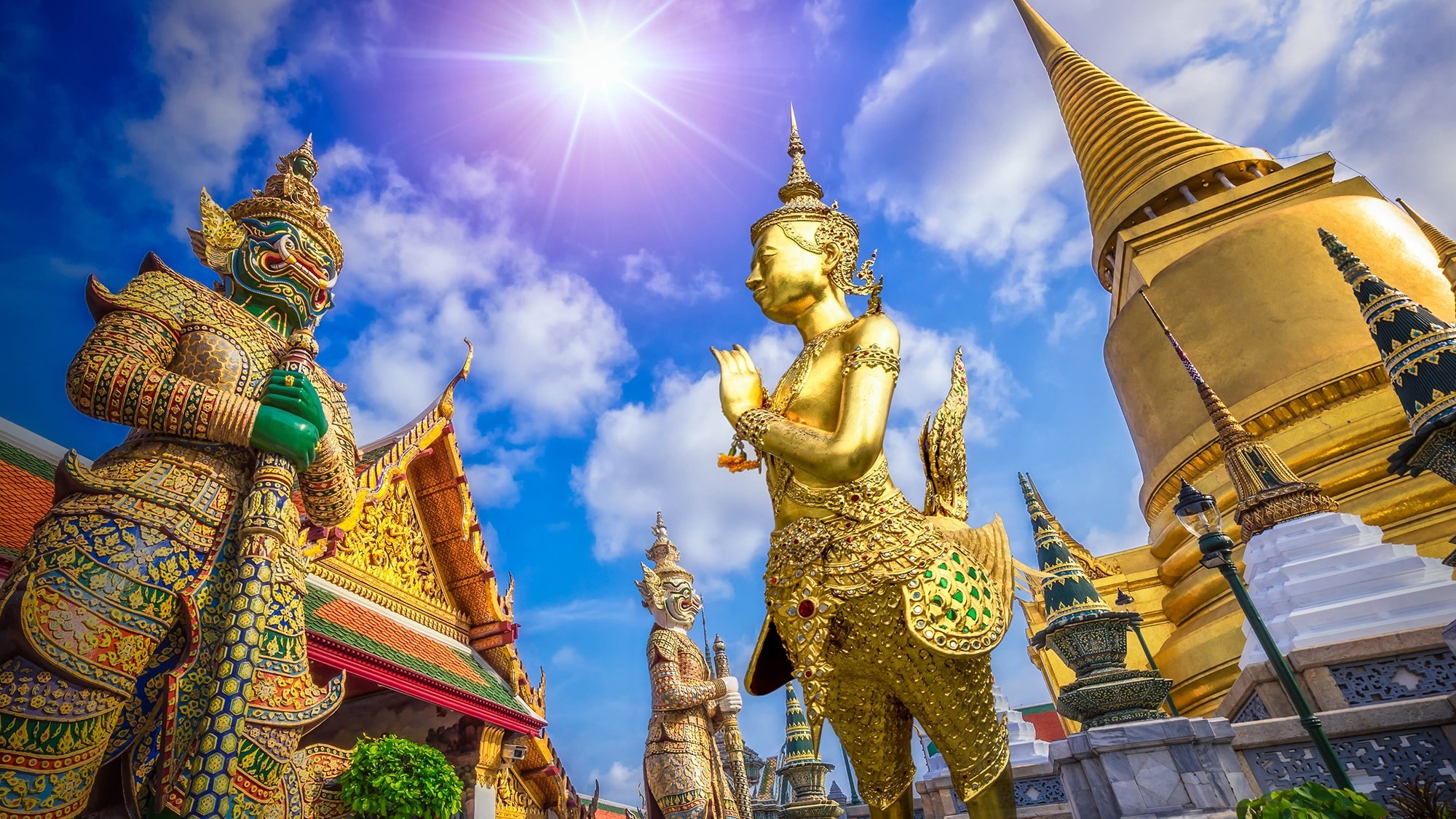
Ceremony and Tradition
Despite its transition from a royal residence to a museum and tourist attraction, the Grand Palace remains a sacred site where important ceremonies and rituals continue to be held. During these occasions, the palace comes alive with vibrant colors, traditional music, and the presence of revered Buddhist monks, offering visitors a rare glimpse into the enduring traditions of Thai culture.
A Feast for the Senses
Visiting the Grand Palace is a multi-sensory experience that engages all five senses. The intricate architectural details, the vibrant colors, and the intricate carvings captivate the eyes, while the fragrance of incense and the sounds of traditional music fill the air. It is an experience that leaves a lasting impression on all who witness its grandeur.
Practical Tips for Visiting the Grand Palace
Dress Code and Etiquette
To ensure a respectful and enjoyable visit to the Grand Palace, it is essential to adhere to the dress code and etiquette guidelines. Visitors are required to dress modestly, with shoulders and knees covered. Appropriate attire can be rented or purchased on-site if needed. Additionally, visitors should remove their shoes before entering certain areas and observe proper decorum, such as refraining from loud behavior and respecting the sanctity of the temple.
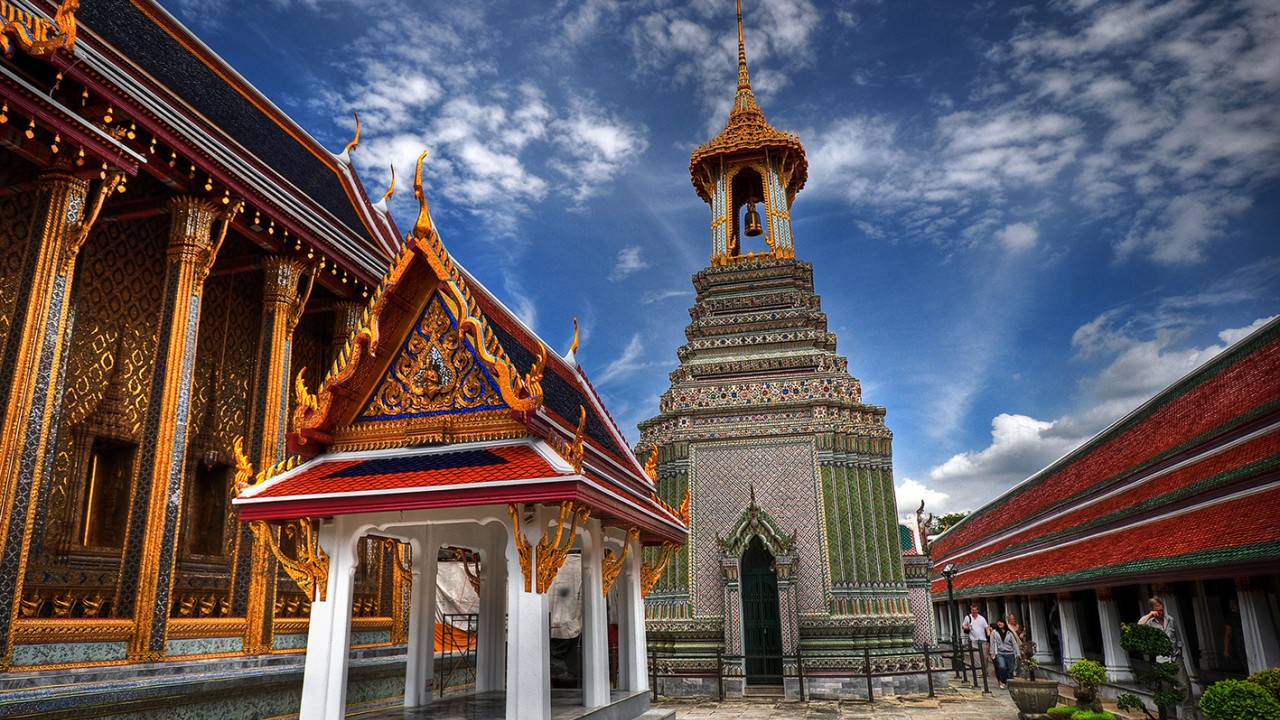
Best Time to Visit
While the Grand Palace is open throughout the year, the best time to visit is during the cooler months of November to February. The weather is more pleasant, and the crowds are generally smaller. However, if you visit during the peak season (March to May), it is advisable to arrive early to beat the crowds and the intense heat.
Guided Tours and Audio Guides
To fully appreciate the rich history and significance of the Grand Palace, it is highly recommended to join a guided tour or rent an audio guide. These resources provide invaluable insights into the intricate details and stories behind the palace’s architectural wonders, enhancing the overall experience and understanding of this remarkable site.
Conclusion
The Grand Palace of Bangkok is a true gem, a living embodiment of Thailand’s rich cultural heritage and artistic brilliance. From its awe-inspiring architecture to its sacred temples and revered artifacts, this iconic complex offers a journey through time, transporting visitors to an era of regal splendor and ancient traditions. Whether you are a history enthusiast, an architecture lover, or simply someone seeking to immerse yourself in the beauty and grandeur of Thai culture, the Grand Palace is a must-visit destination that will leave you spellbound and inspired.

